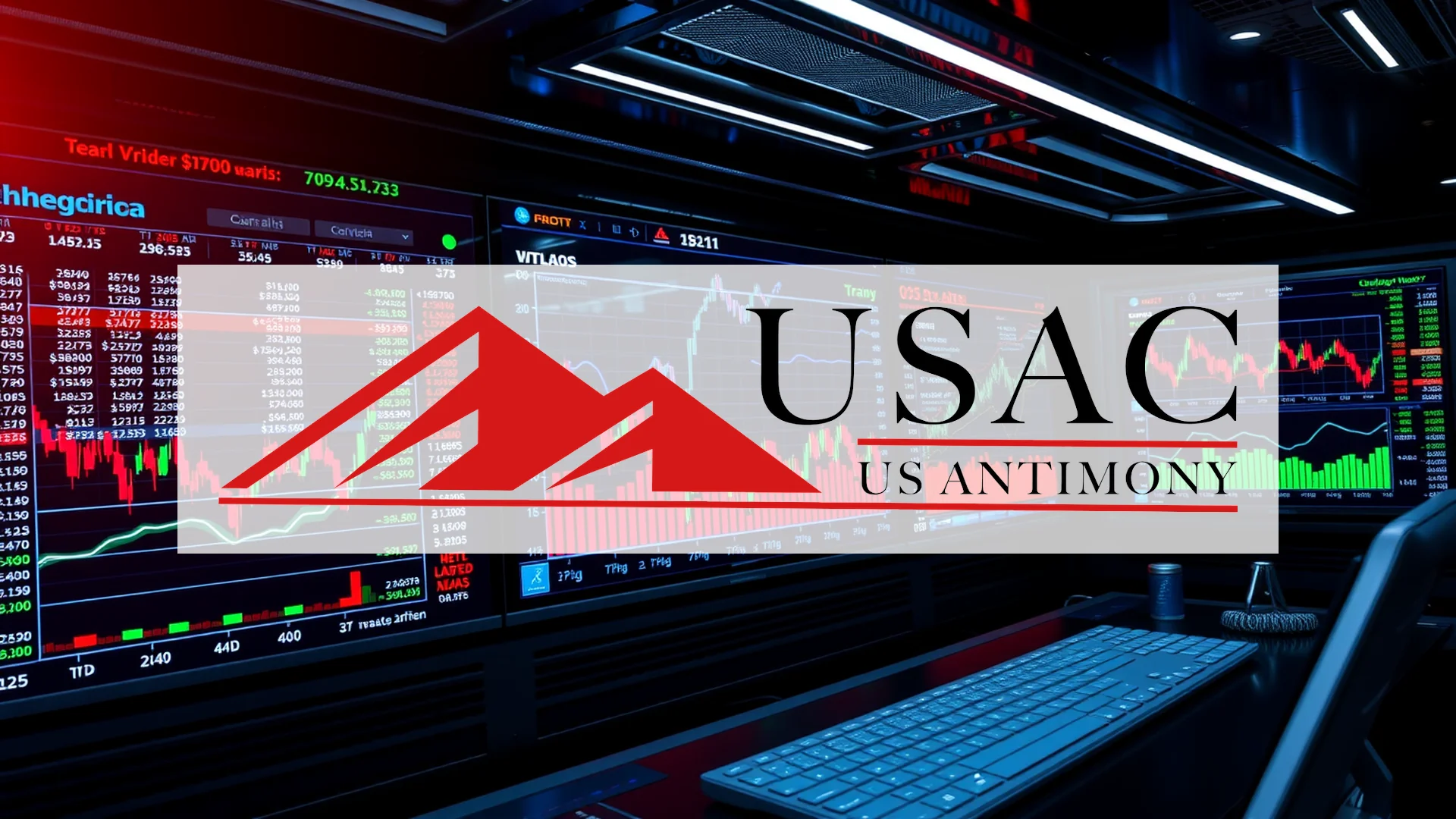The price of gold held steady near $4,002 per troy ounce as the week concluded, presenting a facade of market tranquility. However, this surface-level calm belies a significant underlying struggle, with two powerful market forces currently vying for dominance over the precious metal’s trajectory.
Shifting Investor Sentiment Poses a Challenge
A notable headwind is emerging from the investment community. Following a robust rally that peaked in mid-October, retail investors have significantly scaled back their participation. This pullback is evident in both the declining sales of physical gold bars and a noticeable reduction in inflows into gold-backed exchange-traded funds (ETFs). More concerning for the bullion’s prospects is the behavior of institutional players, who are unwinding their hedging positions as overall market risk perception has diminished.
This collective retreat places gold squarely in a consolidation phase. While the macroeconomic landscape appears favorable, this waning purchasing appetite threatens to become a critical obstacle. The central question for traders is whether bullish macro factors can sustain the metal’s value or if fading demand will ultimately dictate its direction.
Macroeconomic Winds Fill Gold’s Sails
Counterbalancing the demand weakness are potent supportive factors, primarily centered on U.S. monetary and fiscal policy. The Federal Reserve now sits at the heart of market speculation. Recently released weak labor market data from the United States has bolstered expectations for imminent interest rate cuts. This dynamic plays directly into gold’s strengths: lower interest rates diminish the appeal of yield-bearing assets, making the non-interest-bearing metal a more attractive alternative. Market pricing already reflects this anticipated shift toward a more accommodative policy.
Should investors sell immediately? Or is it worth buying Gold?
Simultaneously, a softening U.S. dollar provides an additional lift. A weaker dollar makes dollar-denominated gold less expensive for investors holding other currencies, thereby stimulating international demand. Compounding this is the ongoing U.S. budget impasse, which is fueling political uncertainty and driving capital toward traditional safe-haven assets—with gold being a primary beneficiary.
Key Market Drivers at a Glance:
* Anticipated Fed rate cuts prompted by weak economic data
* A retreating U.S. dollar lowers gold’s cost for international buyers
* U.S. fiscal disarray heightens uncertainty across financial markets
* The metal’s safe-haven status is regaining prominence
Advertisement: A complimentary gold report from Maximilian Ritter details strategies for safeguarding your wealth against inflation and currency risks through physical bullion and targeted gold mining investments.
Ad
Gold Stock: Buy or Sell?! New Gold Analysis from December 25 delivers the answer:
The latest Gold figures speak for themselves: Urgent action needed for Gold investors. Is it worth buying or should you sell? Find out what to do now in the current free analysis from December 25.
Gold: Buy or sell? Read more here...












